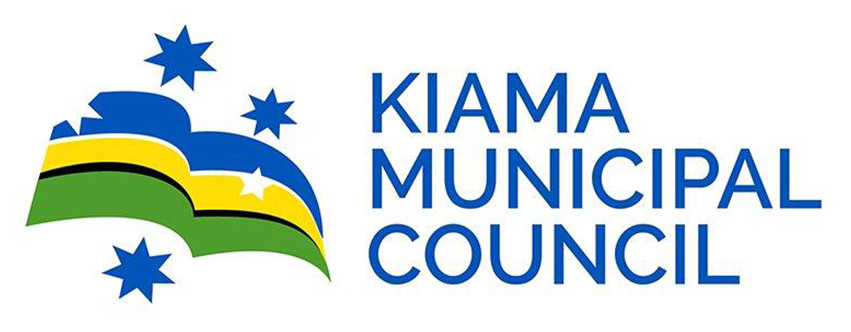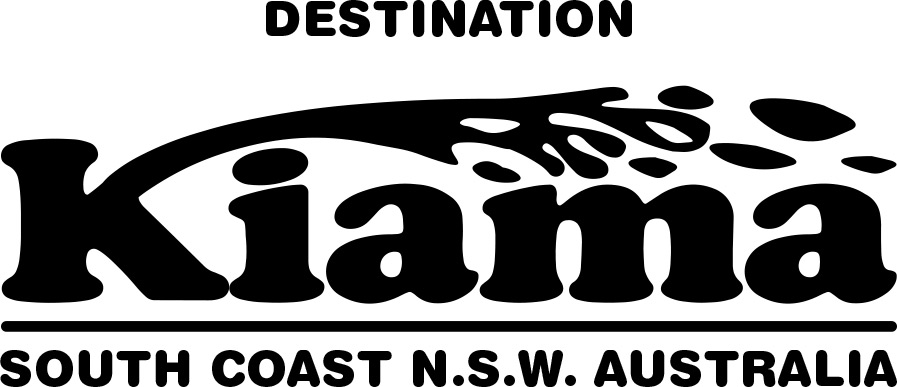An interview with Roger Sleeman
When SBS television became the home of football in the early 1980’s, the network broadcasted different facets of the game which included a skills segment called Captain Socceroo which was first hosted in 1984 by former Socceroo, John Doyle.
Using a single camera, Doyle demonstrated twenty six individual skills with such aplomb that his reputation as a brilliant technical coach spread rapidly.
For a number of years he achieved great success with Star Soccer Camps and was instrumental in creating the pathway for forty three Australian players to ply their trade overseas.
These included Robbie Slater, Jim Patikas, Joel, Ryan and Adam Griffiths, Ahmad Elrich, Nick Carle and the most successful of them all, Tim Cahill.
To this day, John Doyle is still coaching a superior brand of technical football to young players who have the ambition to reach the pinnacle of the game.
In this interview with Roger Sleeman, Doyle discusses his early years in football, his career in professional playing ranks including the lost opportunities, his Socceroo career, his involvement with Tim Cahill and his thoughts on the Australian game and how it can be improved.
ROGER SLEEMAN
Could you relate your early years in football?
JOHN DOYLE
I first played with Belmont juniors but was invited to Swansea club at the age of thirteen.
I went to school at Hamilton where you could only play rugby league so on the weekends I would hide my football boots behind the trees and after fulfilling my league commitments, I would catch a bus to a local park where I would work on my football skills.
I first played 1st grade with Lake Macquarie at fifteen and scored my first hat-trick early on while playing with great players like Albert Simmons and Dennis Wright.
R.S.
Who were your idols at that time?
J.D.
I was fortunate to play against the immortal Reg Date at the end of his career when he was playing for Wallsend and still breaking nets and crossbars with that explosive shooting on both feet.
I have never seen a player hit a ball like that which accounted for his amazing 668 goals in 14 first class seasons.
Also, there were the Morrow brothers, with Bruce who represented Australia many times, one of the quickest flankers the game has seen and Ronnie Giles, the gifted attacker and effortless dribbler, who would make the players of today look positively ordinary.
No wonder Denis Law elbowed him when Manchester United played NSW on their 1967 tour Downunder.
R.S.
What led to your signing by Sydney Croatia in 1969?
J.D.
I was playing with Adamstown prior to that and received a message to come to Arsenal for trials.
I was at Highbury for four months in the Australian off season training under the supervision of the legendary Don Howe and Steve Burtenshaw.
When you’re at a club like the Gunners with the likes of Charlie George, Liam Brady, Frank McLintock and Pat Jennings it seems like all your dreams have come true at once.
Arsenal wanted to sign me and they offered Adamstown a transfer fee which the club rejected, although I was off contract.
I also went to Fulham for trials and they also wanted to sign me but Adamstown president, Alan Johns, claimed I was an Adamstown player and wouldn’t release me.
I went back to Newcastle and pleaded with Johns to let me go because Ray Baartz, Col Curran and Doug Johns had previously gone to Manchester United and I believed I deserved the chance to go to Arsenal.
I told Johns I would be happy to be an Adamstown player when I returned home but he wouldn’t relent.
Unfortunately, Arsenal didn’t want to cause a dispute between themselves and an overseas club and didn’t pursue my case further so I had no choice to leave Adamstown, particularly after I was escorted from the club by an official after failed negotiations with Johns.
After this I went to Sydney Croatia for trials and they signed me immediately.
R.S.
At this stage of your career, these events must have been gut wrenching.
What thoughts were going through your mind?
J.D.
I’d just graduated from university with a Bachelor of Science and here was a great opportunity for me to help my parents and fourteen siblings.
I’d achieved everything during my football career in Newcastle so it was time to explore other options.
Ironically, it was Bobby Cameron, the former British professional player and coach of Adamstown, who advised me to go and I even paid my own airfare while the three other Adamstown players had theirs paid by the club when they went to Old Trafford.
Also, my cousin Eric Foley was a fanatical Gunners supporter.
Therefore, the missed opportunity was heartbreaking from every standpoint and more so because I couldn’t afford legal advice to see if Adamstown’s decision could be challenged.
R.S.
You were first selected for Australia in the world tour squad of 1970 led by Rale Rasic.
Can you relate the highlights of the tour?
J.D.
I didn’t know Rasic because with some other players, I had been selected by assistant coach, Les Scheinflug.
This was to prove a big disadvantage as Rasic tended to stick with the players he knew. A case in point was my room mate David Keddie who only played one full match on tour in an unofficial international against Macao.
Keddie was an outstanding finisher who played several seasons at Hakoah as a twin striker with Ray Baartz so his treatment on the tour was less than fair.
Rasic was very hard on the players and the players relied on their strength, individual creativity and ability to play in any position rather than any great organisation on the pitch where players should integrate and play off each other.
Mike Denton, the former St. George striker was a good example because he was a player with natural flair and a goal poacher par excellence.
My first start on the tour was against Iran and after we trailed them early in the match, I scored the equaliser and my reward was to be taken off three minutes later.
There was no explanation for this and apart from unofficial training games, I didn’t appear again until the Socceroos played in the country of my birth, the Republic of Ireland.
R.S.
Could you relate your experience leading up to this event?
J.D.
When the team left Australia, the management of the team agreed that any player who had family in any of the countries we played in could take a short visit to see them.
However, Rale Rasic said I couldn’t visit my ninety seven year old grandfather in Londonderry so I went back to the management committee who approved my request.
I arrived back in Dublin the day before the game at Lansdowne Road on the assumption I would start the match and all my family was present from the city to watch me.
There was also a lot of publicity in the local press about the visit of John Doyle the nephew of the European middle weight champion, Kevin McCartney, to Dublin.
After all this build up and with an expectation to start the match, I was brought on with only three minutes remaining in the game which left a bad taste in my mouth for many years.
R.S.
Your contribution to Tim Cahill’s success was well documented in his book, “Legacy”.
Would he have made the grade at Millwall without your intervention?
J.D.
I always enjoyed coaching Tim because he always wanted to learn through progression.
When he originally went to Millwall they were interested because he already knew checking, rotations and understood the kinesiology of jumping through the cylinder which provided him with a jumping advantage in the air.
However, Millwall sent him back to me to improve his combative ability in the air because although he was able to jump high, his opponents could move him off the ball.
Three times a week for twenty six weeks I would make him do sixty squat jumps and doggy runs which would assist him in jumping much higher in the air and push off taller players.
We also concentrated on perfecting powerful shooting on both feet as well as his checking by going to a false position and turning over the wrong shoulder.
In Australia, nobody knows anything about these methods but Tim went back to Millwall fully prepared and also with the knowledge he had to be cunning in using these skills.
The rest is history.
R.S.
Why does it appear in the Australian game that players aren’t reaching their full potential as individual or team players?
J.D.
The current players have great potential but they aren’t being coached to combine individually or in groups. The integration of players is non-existent and the way they move off each other could be improved 100%.
Their inability to check and rotate off one another and to combine the two elements in two and threes is letting them down.
The eight runs from midfield, how to vacate space and fill, rotation and shuffle runs are never employed.
There is also the situation where you make a front run, check, lay off and go again.
These are all ploys which the local players have never been taught.
R.S.
Why is it your coaching methods and philosophies are so advanced?
J.D.
I was extremely fortunate in my early days in Newcastle to be coached by great overseas pros like Tommy Dawson and Bobby Cameron who knew the game backwards and I learned a lot of the material from them. Playing against the likes of the great Austrians, Baumgartner, Jaros and Ninaus when teams from Newcastle played against them was an invaluable experience as you would virtually steal what they did and adapt it to your own playing style.
Furthermore, playing at Apia with the likes of the former Celtic European Cup winner, Willie Wallace, was a great way to improve because he had been coached by people like Jock Stein and playing with champion performers like George Keith, Terry Butler, Bobby McGinn and John Russell allowed you to perform at the highest level.



